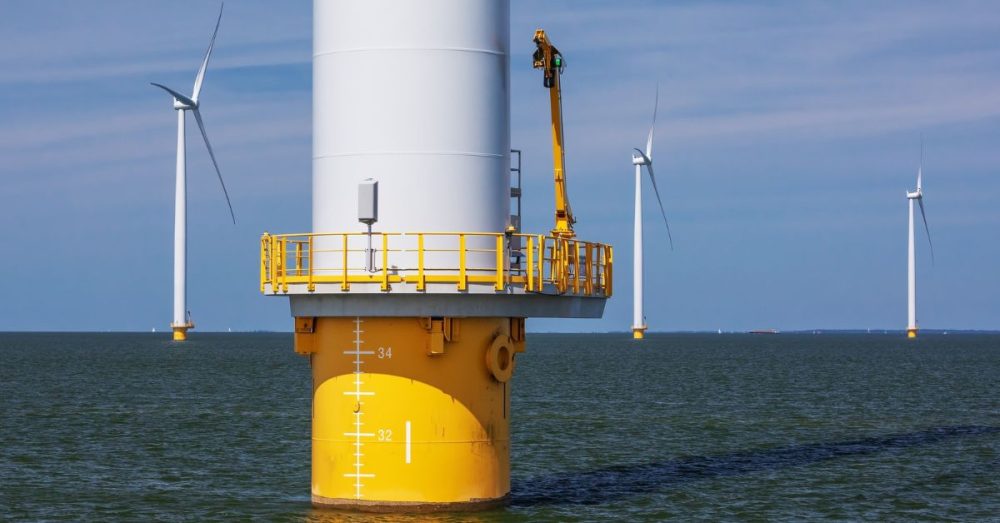Days after canceling a major offshore wind project near Port Arthur, the Bureau of Ocean Energy Management announced it will seek public comment on the development of two large parcels of aquatic acreage near Houston.
The undeveloped projects are called GOM WEA options C and D.
According to the Bureau of Ocean Energy Management (BOEM), “[O]ption C totals 74,113 acres, and the second, WEA option D, totals 68,239 acres. “The entire area comprises approximately 142,352 acres.
The public comment period stems from an unsolicited bid for leases to the aquatic acres from Hecate Energy Gulf Wind LLC, which wants to turn the area into a wind farm.
A BOEM overview states, “Hecate Energy’s proposed Gulf Wind Offshore Wind Project 2 aims to generate up to 2 gigawatts of renewable energy in the Gulf of Mexico.”
“Hecate Energy proposes multiple potential uses for this renewable energy, including interconnection to the electric grid, sale in power purchase agreements to private off-takers, or use for Wind-to-X technologies through which offshore wind energy is used to produce another energy resource.”
BOEM indicated that this project would result in a massive spike in energy production.
“The proposed project would consist of up to 133 fixed-bottom wind turbine generators, each with a capacity of 15-23 megawatts (MW). This would result in an overall maximum capacity of approximately 3,000 MW.”
However, concerns remain about the risk these projects would pose to Texas’s large fishing industry.
PFAS, also known as the carcinogenic and often deadly “forever chemicals,” are reportedly present in some of the fixtures added to turbines.
BPAs and epichlorohydrin are part of the resin coating most wind turbine blades, and a certain amount of this chemical compound is shed into the environment by “erosion.”
“33% of that eroded material is BPA, resulting in 45 pounds of PBAs released, into the environment, per turbine, per year,” the Douglas County Rural Preservation Association wrote.
Yet, some organizations, such as American Clean Power, a commercial group representing wind and hydroelectric power producers, dispute that BPA in wind turbine blades poses any risk.
Responding to these alleged risks, the organization stated, “Wind turbine blades’ protective coatings are non-toxic and contain negligible amounts of BPA, and the blades are specifically designed to have high resistance to weathering.”
A table of toxins on the University of Hertfordshire website says, “[Epichlorohydrin] is moderately toxic to fish and aquatic invertebrates.”
@GovKathyHochul @GovernorVA @GovMurphy @GovJanetMills @GovNedLamont @MassGovernor @GovWesMoore @JohnCarneyDE @NC_Governor @GovernorVA @GavinNewsom @TinaKotek
This will be your legacy; #OSWDestructionByLandAndBySea
Stop the madness while you still can, because when the… https://t.co/N5q11aKzcj pic.twitter.com/xT6AmMcrmS— Bonnie Brady (@mtkblb) July 21, 2024
Given the recent events that include the apparent spontaneous and mysterious destruction of offshore turbines near Nantucket, it is unclear how Options C and D would be built to mitigate possible contamination of humans, fish, and the environment.
The public comment period began on July 29th, will continue for the succeeding 45 days, and will conclude in September.


